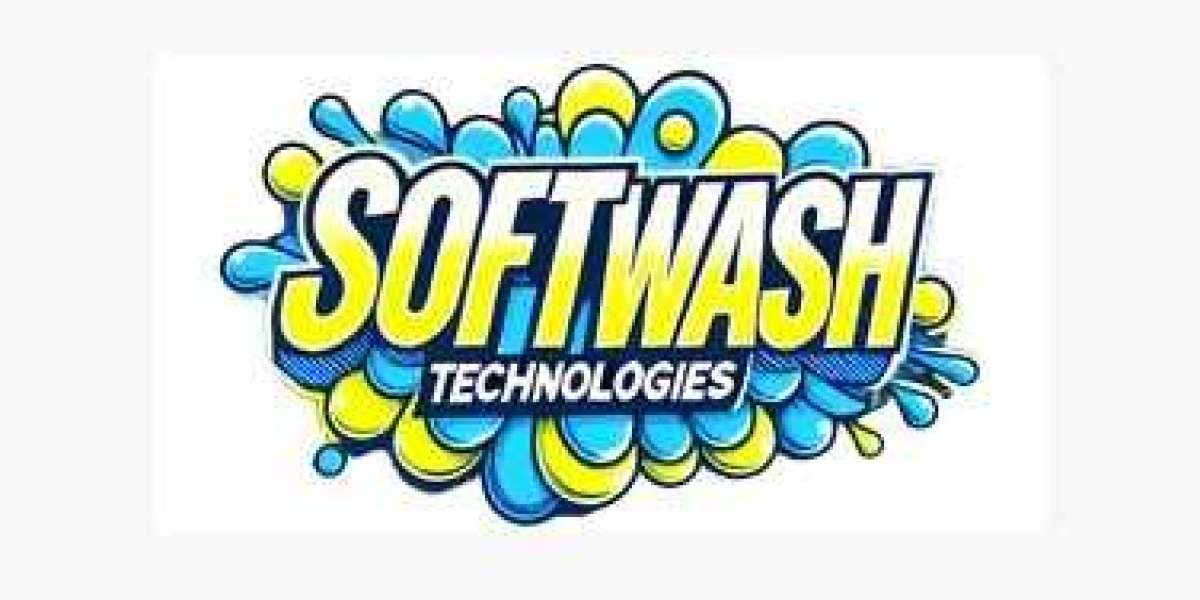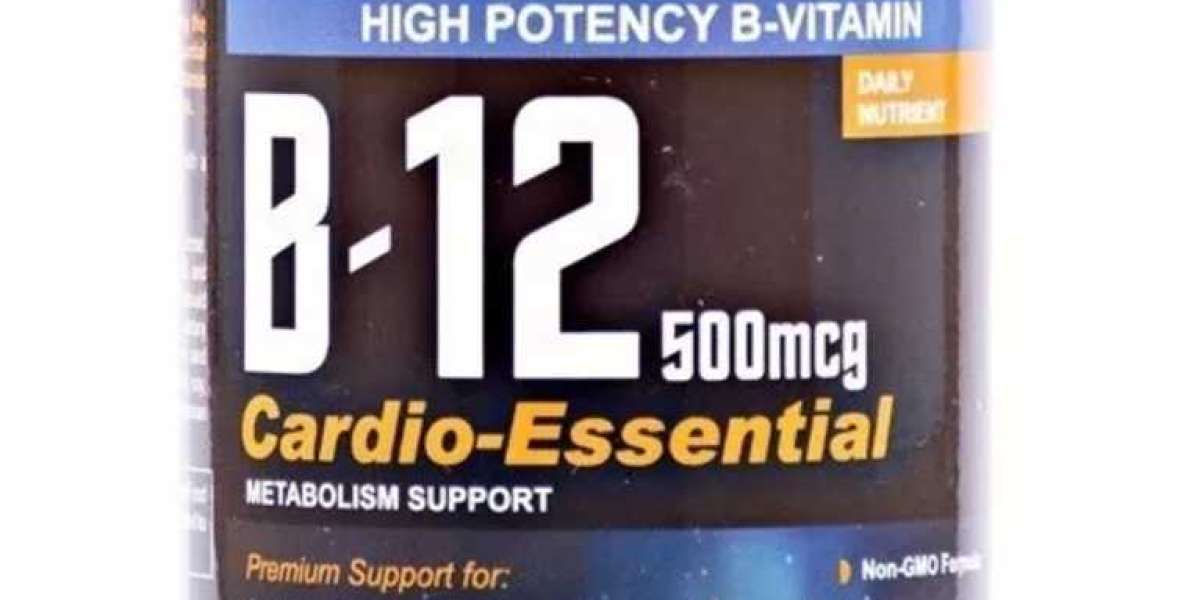In the realm of exterior cleaning, two main methods stand out: soft washing vs pressure washing. Each approach has its strengths and weaknesses, and the right choice often depends on the surface being cleaned and the level of grime involved. In this article, we’ll weigh the pros and cons of both methods to help you decide which one is best suited for your cleaning needs.
Soft Washing: The Pros and Cons
Soft washing is a technique that relies on low-pressure water combined with cleaning agents to remove dirt, mold, algae, and other contaminants. It’s particularly popular for cleaning delicate surfaces, such as roofs, siding, and wood.
Pros:
- Safe for Delicate Surfaces: The low pressure used in soft washing ensures that fragile surfaces won’t be damaged.
- Effectively Removes Organic Growth: Soft washing is excellent for getting rid of mold, mildew, and algae, which can be a problem in damp environments.
- Longer-Lasting Results: Because soft washing targets the root cause of stains, such as mold and algae, it often provides longer-lasting results compared to pressure washing.
Cons:
- Slower Process: Soft washing can take longer than pressure washing, especially for large or heavily soiled areas.
- Requires Specialized Solutions: The need for specific cleaning agents can make soft washing more expensive or less accessible for some DIYers.
Pressure Washing: The Pros and Cons
Pressure washing, on the other hand, uses high-pressure water jets to blast away dirt, grime, and stains. It’s ideal for cleaning hard surfaces like concrete, brick, and stone.
Pros:
- Fast and Efficient: Pressure washing can clean large areas quickly, making it ideal for driveways, patios, and other hard surfaces.
- Highly Effective for Tough Stains: The force of the water makes pressure washing particularly effective for removing stubborn dirt, grease, and stains.
Cons:
- Risk of Surface Damage: The high pressure can cause damage to delicate surfaces, such as wood, siding, or paint.
- Not Ideal for Organic Growth: While pressure washing can remove surface stains caused by mold or algae, it doesn’t address the underlying issue, meaning the growth can return quickly.
Which Method Is Best?
The answer to this question depends on the surface and the type of cleaning needed. If you’re dealing with a delicate surface, such as wood siding or a roof, soft washing is the safer and more effective option. It’s also the best choice for surfaces that are prone to organic growth like algae or mold. On the other hand, if you’re cleaning a hard, durable surface like a driveway or brick wall, pressure washing will get the job done quickly and efficiently.
Conclusion
Both soft washing and pressure washing have their place in exterior cleaning, and the best method depends on the type of surface and the level of dirt or grime. Soft washing is ideal for delicate surfaces and organic growth, while pressure washing excels at cleaning hard, durable materials. By understanding the pros and cons of each method, you can choose the right approach for your cleaning needs.








